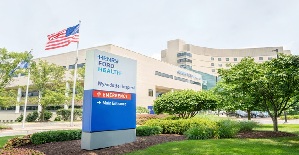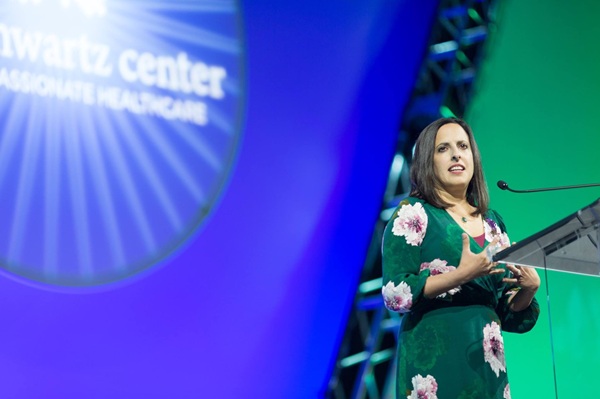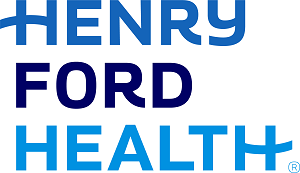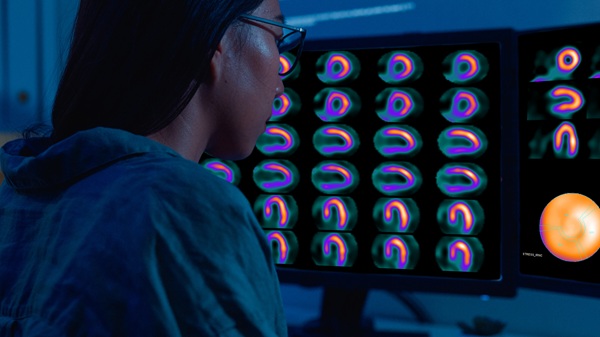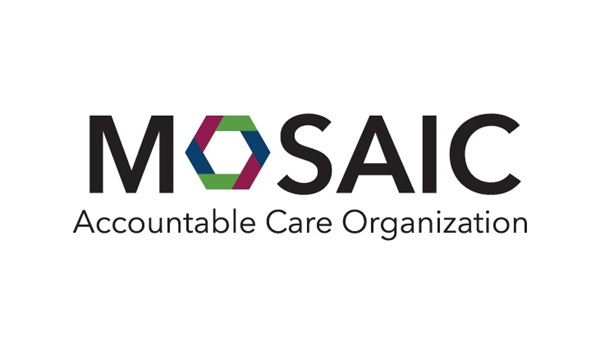A Conversation with the Chief of Sports Medicine
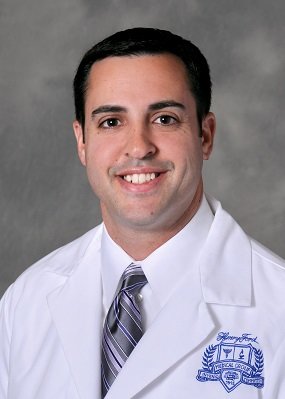
DETROIT – Vasilios (Bill) Moutzouros, M.D., is the chief of Sports Medicine, a division of the Department of Orthopedic Surgery. He joined Henry Ford in 2007 after completing residency training at the Tufts-New England Medical Center in Boston and fellowship training at the Cleveland Clinic. He’s the lead sports medicine physician for the Detroit Pistons.
In a wide-ranging interview, Dr. Moutzouros talks about the progression of sports medicine, Henry Ford’s sports medicine expertise and how the new William Clay Ford Center for Athletic Medicine will be a destination site for professional, college and high school athletes as well as recreational ones.
When you started your career, what was the focus of sports medicine?
The focus was really on injury and injury correction. It was more about just fixing something that was torn or broken, and hopefully getting athletes back to sport. Now, it’s not only expected we get athletes back to sport but we get them back to the same level of performance or even better.
How has the staff evolved?
We had good clinicians, maybe about 10-11. We had a third of the athletic trainers we have now. There was little focus on physical therapy. Again, it was more about taking care of surgical concerns and covering a variety of teams but not to the level we have now. Now, we have 22 clinicians and that includes surgeons, primary care doctors and physician assistants within the sports medicine group. It does not include our nutrition lead, our concussion lead, our performance leads, sports PTs (physical therapists), which I believe we have eight of them now. Our athletic training staff is almost 30. Then we have subspecialists in cardiology, ENT, sleep medicine and others. We’re well over 40 people, not including our athletic trainers. Sports medicine is much more comprehensive, much more collaborative today.
It’s been said the new William Clay Ford Center for Athletic Medicine is a marquee facility unique to the state of Michigan.
For sure. This puts Henry Ford on the map for sports medicine care. The thing is, an athlete can look at our center and feel comfortable knowing they can get all their care here – no matter what their issue is. And the staff in the building are not just there to only take care of elite level athletes. We enjoy taking care of any athlete. The point is to be more integrative. The focus is on all athletes and trying to improve every athlete’s ability to enjoy what they do. Whether that’s me playing volleyball in my mid 40s or an elite level football player who wants to perform and get ready for an NFL combine and get drafted.
Among the services offered include sports medicine, orthopedics, physical and occupational therapy, integrative medicine, subspecialties, nutrition assessment and a performance enhancement program. Talk about the performance program.
The performance program is a differentiator for us. This is a collaboration between our performance specialists, sports physical therapists and clinicians – all working together. That’s unique.
We’re focused on giving the best level of care to any athlete, from preventing injury, recovering from injury and improving their performance in every way possible. We’ll be looking at their sleep patterns, their nutrition status, at their joint motion – to ensure they’re mechanically sound. We’re providing the best level of intervention, the best level of imaging, the highest level of surgery, the highest level of physical therapy and highest level of return to play. No center in Michigan can say they do that in one place.
We’re building off what we do in our biomechanics lab. We’re able to evaluate movement and evaluate performance and really give an athlete a true evaluation of how they can improve. They’ll get evaluated on how their strength is and how they transition from one movement to another. And we’re going to make suggestions on how they can improve their performance. It’s very clinically-based. People are going to be seeking this out. It’s going to be a mix of high school, collegiate and pro athletes. I would argue the developing athlete is going to feel they have just as much to gain from our performance program as a professional athlete does.
Is there a hunger for this level of training?
Much more so, much more so (than years past). Athletes are interested in improving their nutrition. They’re looking at their biologic markers. They’re interested in how to maximize their ability to strengthen and perform. They’re looking at everything.
You’ve likened sports medicine care to that of personalized medicine. Treating an athlete is no longer a one-size-fits-all?
We are looking at treating athletes individually and trying to improve – whether it’s their speed, their strength, their lateral movement, their body mechanics. We’re trying to get specific to the sport they play. Everybody is going to be different, which is why you need a number of experts and a number of different evaluation tools to try and create personalized programming so they can improve.
Years ago, ACL injuries, rotator cuff tears and tendon injuries were often career-ending for many athletes. And if they did return to sport, their performance was never the same. It seems many more athletes are bouncing back after a serious injury.
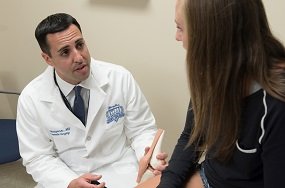 We are much more advanced in terms of the techniques we’re using. There are small tweaks we make every single year to try and make our surgeries less painful and have our patients have a better recovery – and allow for better performance. That goes for something as simple as adjusting what a pain regiment is for a patient post-ACL, to starting therapy at a specific time point that may be much sooner than expected, to starting return-to-play protocols much sooner than what we used to do.
We are much more advanced in terms of the techniques we’re using. There are small tweaks we make every single year to try and make our surgeries less painful and have our patients have a better recovery – and allow for better performance. That goes for something as simple as adjusting what a pain regiment is for a patient post-ACL, to starting therapy at a specific time point that may be much sooner than expected, to starting return-to-play protocols much sooner than what we used to do.
These advancements are also about the surgical techniques we’re using and respecting the injury and understanding it better. It’s about collaborating with our team about how to get these individuals back to a level where they were before and allow for their best performance. It’s much more important now for us to be open and communicating with our therapists and our performance specialists and having a better understanding of our patients. It’s important that our patients follow up with their appointments and for them to hit certain metrics every month so they can get back to where they want to be. We’re much more involved now.
Before an athlete returns to sport, their safety is the primary focus. How that does work?
It’s no surprise a team and a physician would say, ‘let’s go slow. Let’s make sure he or she is fully recovered’. When it comes to risk and reward, we want to make sure he or she is ready and we’re not taking undue risk for an athlete at any level. There are metrics you have to hit to be safe to return to sport. We’re trying to emphasize that. There are certain things you as an athlete must do before you get can back on a court, on a field, on the ice.
When planning started on the new center for athletic medicine, you and others had a certain vision of what you wanted to develop. Were your expectations met?
It’s wonderful to have a new building and it’s wonderful to have a variety of relationships with our teams, universities and schools. But it’s always about who’s in the building, and what technology you have that allows athletes to improve. It’s about the clinicians. If you put together the best and the brightest, the ones with the most drive and energy, and who are leading nationally in their particular programming, and you collaborate, you’re going to create the best sports medicine program in the country. That’s the goal. We have a team now that really integrates well with each other. And it’s going to allow us the ability to advance sports medicine much more so than we have done over the last 10-12 years. We’re at a level now with the type of expertise we have where we’re going to make a huge difference. I have a motivated bunch.
###
MEDIA CONTACT: David Olejarz / David.Olejarz@hfhs.org / 313.874.4094
.svg?iar=0&hash=F6049510E33E4E6D8196C26CCC0A64A4)

/hfh-logo-main--white.svg?iar=0&hash=ED491CBFADFB7670FAE94559C98D7798)
